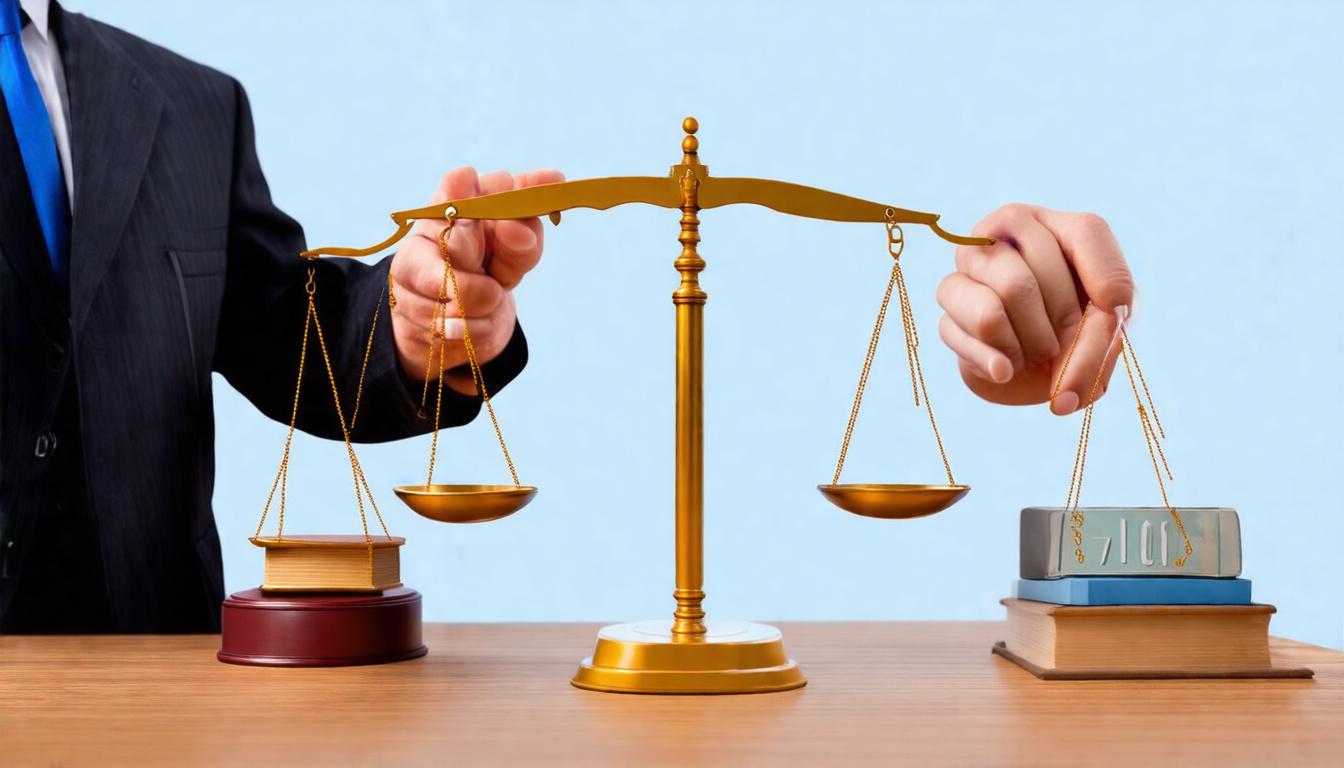If you have been in an accident, you must know how comparative fault affects your injury claim. This legal idea shapes your compensation by sharing fault among the parties. In this article, we explain comparative fault, its role in personal injury cases, and key points to protect your rights.
What Is Comparative Fault?
Comparative fault, or comparative negligence, assigns blame when more than one party contributes to an accident. Unlike contributory negligence—which can stop any compensation if you share even a little fault—comparative fault lets you get damages while lowering your amount by your share of blame.
For example, if you are 20% at fault and the other driver is 80% at fault, your award loses 20%. This rule strives for fairness by linking fault closely.
How Does Comparative Fault Affect Personal Injury Claims?
When you file a claim, insurers or the courts check the facts to see how much fault each party holds. This check affects:
- Amount of Compensation: Your final sum goes down by your fault percentage. For example, if you might get $100,000 and you are 30% at fault, you receive $70,000.
- Negotiations and Settlements: Knowing comparative fault applies, adjusters may try to show you are more to blame so that they pay less.
- Legal Strategy: Your lawyer may collect proof to lower your share of fault or show the other side carries more blame.
The rules differ by state. Know your local law to understand your rights.
Types of Comparative Fault Systems
States use different rules for comparative fault. There are three main systems:
- Pure Comparative Fault: You can get damages even if you are 99% at fault. Your award is lowered by your percentage.
- Modified Comparative Fault (50% Rule): You recover damages only if your fault is under 50%. If you meet or pass 50%, you get nothing.
- Modified Comparative Fault (51% Rule): Like the 50% rule, but you lose recovery only when your fault reaches 51% or more.
Most states follow one of these, while some, like Alabama, use the harder contributory negligence rule.
Real-Life Example: Comparative Fault in a Car Accident
Imagine two drivers crash at an intersection. Driver A runs a red light. Driver B speeds. An investigation finds 70% fault with Driver A and 30% with Driver B. Under pure comparative fault, Driver B still gets 70% of the damages. Under a modified system (50% rule), Driver B recovers because their share of blame stays below 50%.

This clear example shows why you must understand comparative fault and work with a good lawyer.
How to Protect Yourself When Comparative Fault Applies
When facing a claim under comparative fault, you should do these steps:
- Document Everything: Save photos, witness notes, police reports, and other evidence right away.
- Avoid Admissions of Guilt: Speak carefully with insurance or others. Do not say things that admit fault.
- Seek Medical Attention: Treat injuries quickly. This protects your health and builds a record.
- Consult a Personal Injury Lawyer: A seasoned lawyer helps prove less blame on you, negotiate with insurers, and raise your case.
- Know Your State’s Law: Learn your state’s rules to see your rights and limits.
Benefits of Understanding Comparative Fault in Your Claim
Knowing how these fault rules work brings clear gains:
- Realistic Expectations: You know closer what compensation to expect.
- Stronger Negotiations: You can challenge claims that push all blame on you.
- Better Legal Strategy: A focused approach can drive better outcomes.
Summary: Key Points About Comparative Fault
- Comparative fault splits the blame between parties.
- Your award is lowered by your fault, not dropped altogether.
- Different states have different rules—pure or modified.
- Collecting evidence and legal help reduces your blame.
Quick Tips for Handling Comparative Fault in Personal Injury Claims
- Gather and keep all evidence.
- Do not admit fault in any statement.
- Seek expert medical care.
- Learn your state’s comparative fault rules.
- Start negotiations actively with insurers.
Frequently Asked Questions About Comparative Fault
Q1: What is the difference between comparative fault and contributory negligence?
Comparative fault lowers your compensation by your blame percent. Contributory negligence stops any compensation if you share some fault.
Q2: Can I win a personal injury claim if I am partly at fault?
Yes. Under comparative fault, you recover damages after your share of blame is subtracted, if state law allows.
Q3: How is fault decided in a personal injury case?
Fault comes from reviewing accident reports, witness notes, and expert views. Insurers, lawyers, and sometimes courts check each party’s role.
Authoritative Source for Further Reading
For a full legal view on comparative fault in personal injury cases, visit the National Conference of State Legislatures’ page on comparative fault laws (source).
Take Charge of Your Personal Injury Claim Today
Comparative fault matters when you need fair compensation after an accident. Do not let the law or misbeliefs reduce your recovery. If you or a loved one is injured, talk to a skilled personal injury lawyer. They will handle fault issues, fight for you, and aim for the best settlement. Act now—your claim deserves a strong defense.
Author: Doyle Weaver, Attorney at Law
Home | Estate Planning | Personal Injury | Hill Country Lawyer | Terms of Service | Privacy Policy
© 2025 Digital Law Firm, P.C.
Disclaimer: The content provided in this blog is for educational and informational purposes only. It is not intended to constitute legal advice or establish an attorney-client relationship. The information presented does not address individual circumstances and should not be relied upon as a substitute for professional legal counsel. Always consult a qualified attorney for advice regarding your specific legal situation. The author and publisher are not liable for any actions taken based on the content of this blog.

Leave a Reply